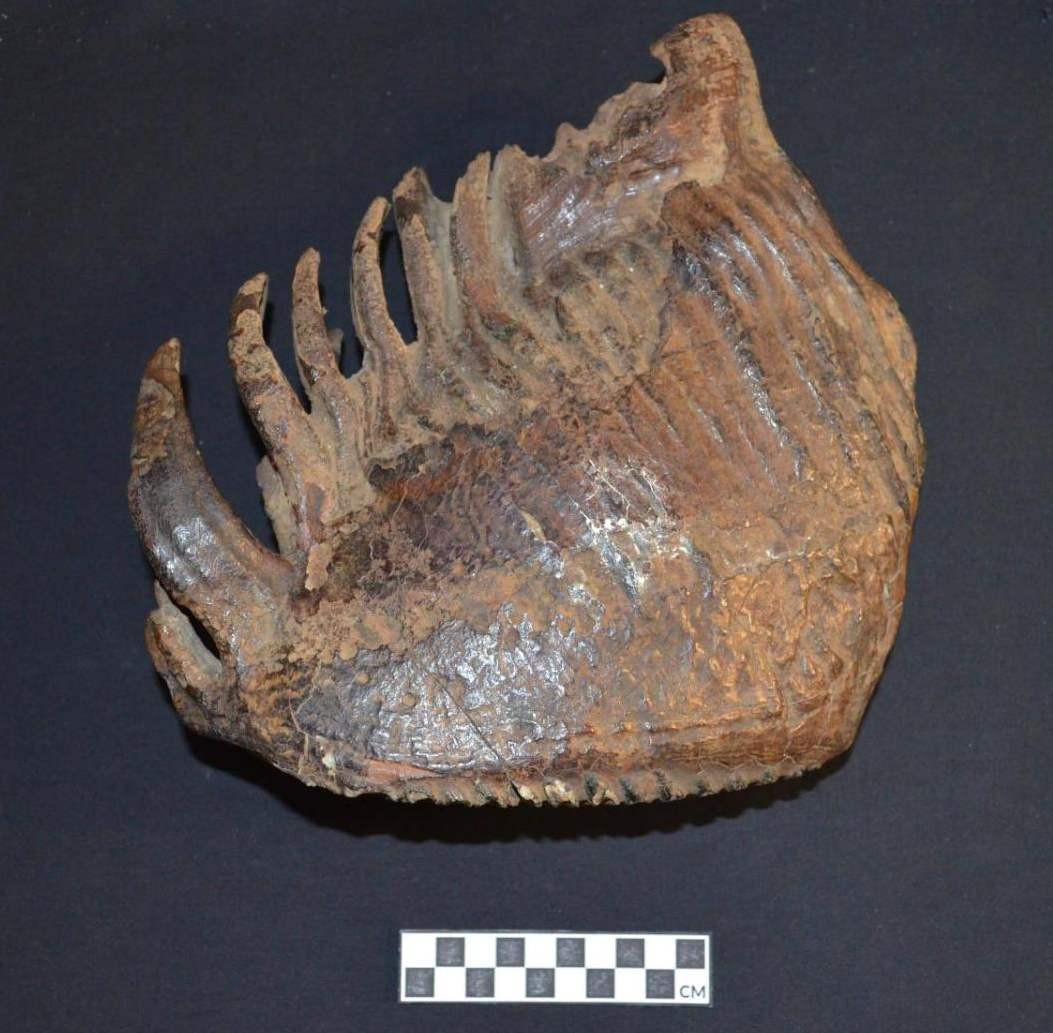Mammoth species in North America repeatedly interbred over thousands of years, creating hybrid offspring, a new fossil analysis has revealed. The findings alter what we know about the evolution of these Ice Age giants and how they responded to dramatic climate shifts.
It has generally been assumed that the woolly mammoth (Mammuthus primigenius), which lived in what is now Canada and the northern USA, and the Columbian mammoth (M. columbi), which was found further south, didn’t have much to do with one another. The two species are adapted to different climates and food sources, and, as little is known about the extent of interbreeding between them, it was thought that they lived largely independent lives. But that appears not to be the case.
Two fossilized teeth, belonging to different mammoths, have been unearthed in Canada, and genetic analysis has revealed that they were both hybrids of woolly and Columbian mammoths. The researchers responsible for the work believe that woolly mammoths expanded south into North America during glacial periods, where they mingled and bred with Columbian mammoths. What’s more, the discovery proves that there was in fact long-term hybridization between these two species.
The youngest of the two fossils, which hails from around 25,000 years ago, contained more Columbian mammoth DNA (35 percent) than the other (21 percent), approximately 36,000 years old. This led the researchers to conclude that the two species of mammoth interbred many times over several thousand years, upending what we traditionally know about evolution.
“These findings contribute to a growing understanding that hybridisation has been an important factor in evolution. In fact, many species have arisen this way – which isn’t the standard Darwinian idea of how evolution happens,” Professor Adrian Lister, who co-authored the new research, explained in a statement seen by IFLScience. “We think of a lineage changing through time, and a branching tree with species diverging, but what can happen is a cross link with two species hybridising and producing a new branch.”
In addition, taking a closer look at the hybrids’ sex chromosomes suggested that interspecies encounters were mostly between male Columbian mammoths and female woolly mammoths.

One of the hybrid mammoth molars analyzed in the study.
Image credit: Laura Termes, Simon Fraser University in Canada
The findings build on a study from 2021, when the same team uncovered evidence of mammoth hybrids in Krestovka, Siberia, when they extracted 1.2-million-year-old DNA from a steppe mammoth (M. trogontherii) tooth – at the time, it was the oldest DNA ever recovered. Analysis revealed that the Krestovka mammoth belonged to a distinct lineage of steppe mammoths that bred with woolly mammoths in a hybridization event that is thought to have given rise to the Columbian mammoth.
Such hybridization events increase genetic diversity in mammoth populations, which tends to improve a species’ chances of adapting to environmental change. Understanding how mammoths evolved in response to the changing conditions of the Ice Age could have implications for other ancient animals, and even modern species, like elephants.
“The approach we’ve taken to investigate these mammoths could potentially be applied to other extinct animals as well. By reconstructing their history, we’ll be better able to see the role that hybridisation has played in the evolution of the species we see today,” Lister told the Natural History Museum, London.
“Understanding how species can mitigate environmental change is very important at the moment, and we can look to past climate change to help with that. We know that mammoths ultimately didn’t survive the end of the Ice Age, and delving into their adaptability could help us better understand why.”
The study is published in the journal Biology Letters.
Source Link: Hybrid Mammoth Fossils Discovered In Canada Reveal Thousands Of Years Of Interbreeding